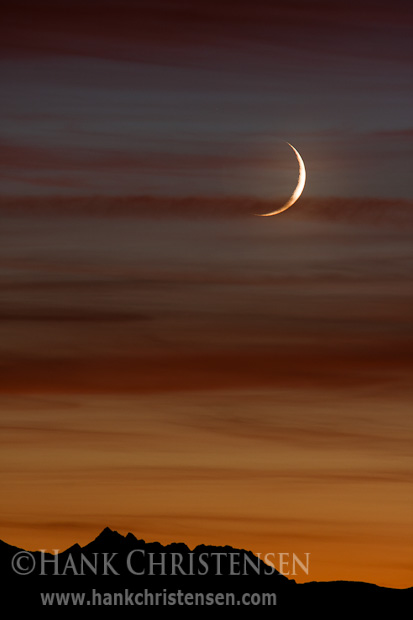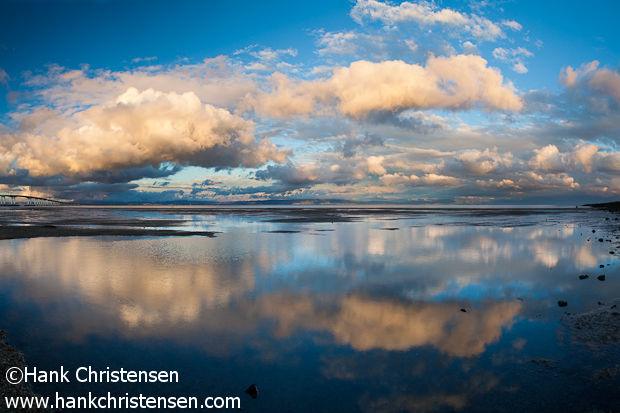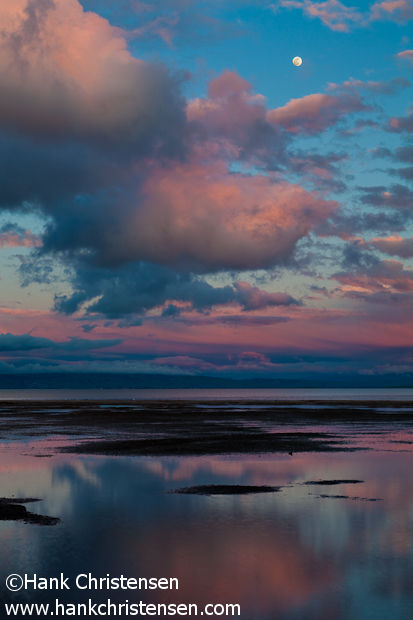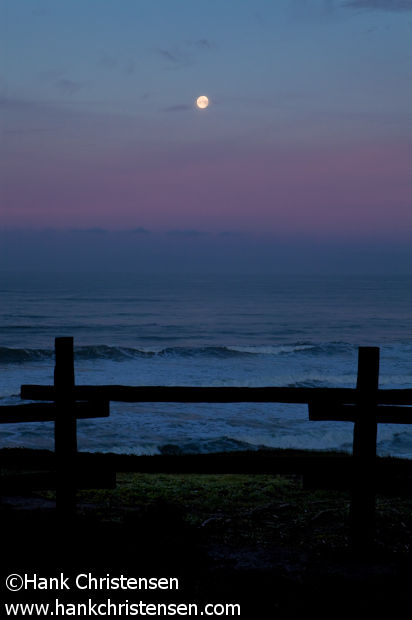Last night I stayed up late to photograph the lunar eclipse from my front patio. While not the best of locations as far as light pollution goes, it doesn’t matter that much for moon photography, given the moon casts off so much reflected light. I started photographing just before 11pm, as the earth’s shadow was just touching the outer edge of the moon. The progression was as follows:
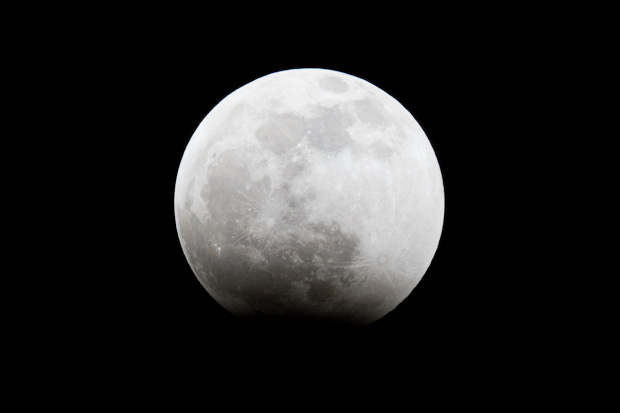
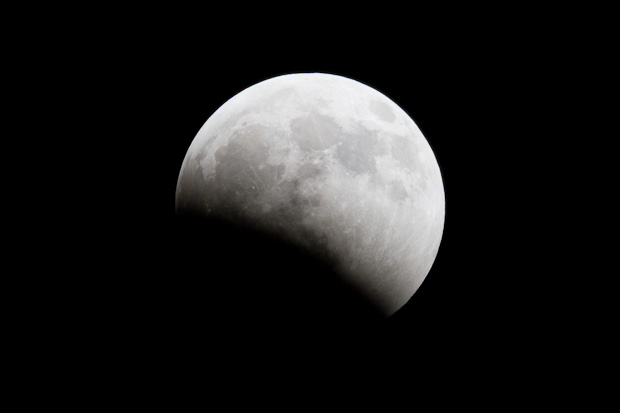
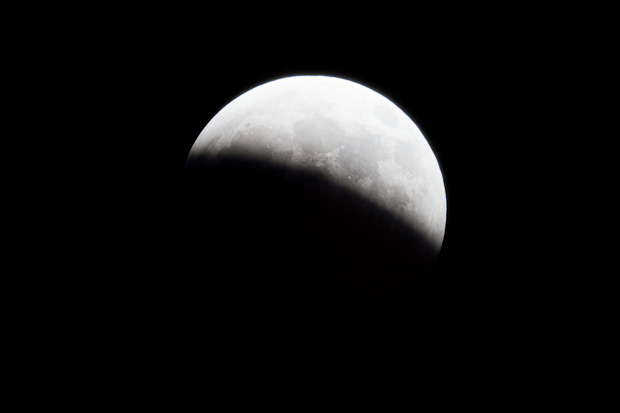
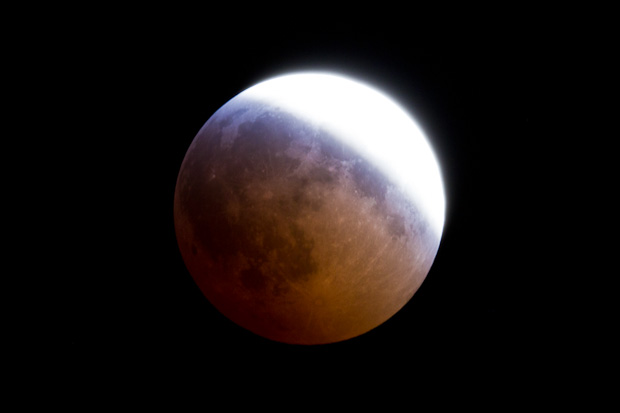
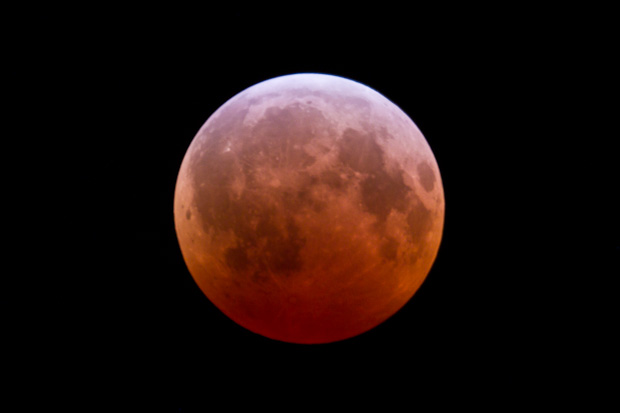
The last photo was taken at the peak of the eclipse, with the sun and the moon on exact opposite sides of the earth. To understand why the moon glows red when fully in the earth’s shadow, it is easier to think of what the earth would look like from the moon. From the moon’s perspective, at the peak of the eclipse, the earth would be ringed with red outline of the sun. It would be like watching all sunrises and sunsets all across the planet, all at the same time. This red wavelength is cast by the earth’s atmosphere into the earth’s shadow (the center of the silhouetted earth, ringed by the sun), which is then reflected by the moon back to us as a dull red glow. It was definitely a cool phenomenon to witness and photograph.

